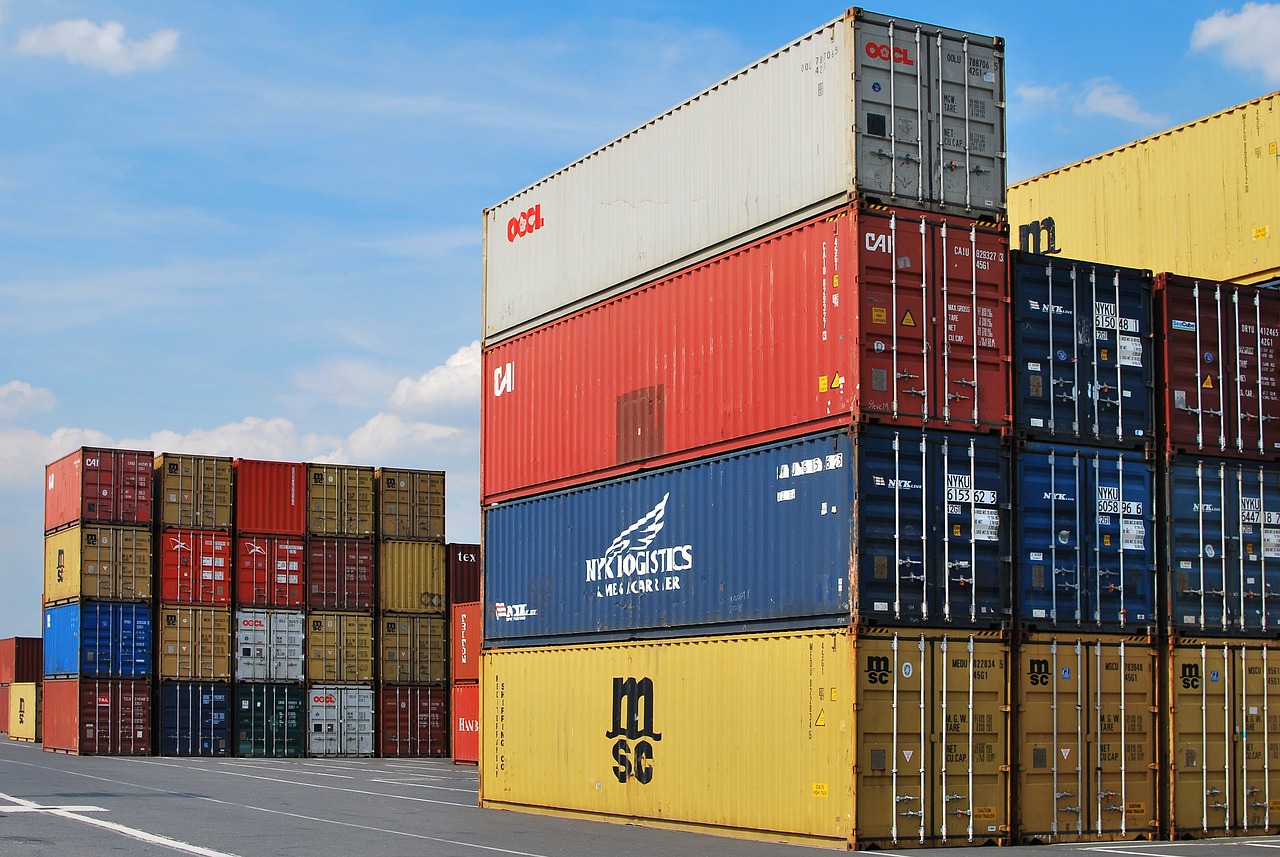
The imported feed market enters a "golden era."
As the consumption of meat, eggs, and dairy continues to rise on Chinese dining tables, China's feed imports are growing at an annual rate of 15%. As a seasoned customs broker with 20 years of experience in foreign trade, I have witnessed the booming development of this industry. However, opportunities often come with challenges, and many importers have stumbled due to a lack of understanding of customs regulations. Today, let me guide you through the essential secrets of importing feed smoothly.
Analysis of the "ID Card" for Feed Products
Customs defines feed as issuing an "ID card" for the product, which must clearly indicate its "lineage."
- Basic Classification: Three categories: plant - derived (such as soybean meal), animal - derived (such as fish meal), and additives (such as vitamin premix)
- Special Members: Emerging categories such as pet food and chew toys have seen significant growth. The import volume last year increased sharply by 40% year - on - year
- Forbidden Zone Warning: Drug feed additives need to be declared separately. Mixing them into ordinary feed may face the return of the whole batch
The "triple accreditation" for admission qualifications
Just as a passport and visa are required to go abroad, feed imports must pass through:
- National Whitelist: Currently, only feed products from 52 countries have access qualifications. It is recommended to check the updated list of the General Administration of Customs monthly
- Factory Registration System: Overseas production enterprises need to be filed with the customs. We once encountered a case where 200 tons of feed were stranded at the port due to the unregistered supplier
- Risk Classification Management: Animal - sourced feed has the highest risk level. When declaring, additional documents such as heat treatment certificates need to be provided.
The "golden combination" of application materials
Preparing documents is like a jigsaw puzzle, and every piece is essential:
- Quarantine Permit: It needs to be applied for 20 working days in advance. Pay special attention that the transportation route must be exactly the same as the declared one.
- Official Quarantine Certificate: Last year, a batch of Australian oat grass was detained because the signatory official of the certificate was not on file, with losses exceeding one million.
- Certificate of Origin: Under RCEP, Thai fish meal can enjoy a 3% tariff preference, but the producer registration number must be indicated in Column 7 of the certificate.
The "Three Major Disciplines" After Clearing Customs
Release does not mean the end. These red lines cannot be crossed:
- Label RevolutionThe Chinese label must include 12 elements such as ingredient composition and shelf life. Last year, a certain brand was penalized for failing to indicate "for ruminants only."
- Ledger Management: It is recommended to use EXCEL for double backup. A 2 - year record retention period is a hard requirement.
- Recall Mechanism: Establish a 48 - hour emergency response process. We once assisted a customer in tracing and recalling the problematic batch within 3 days.
"Special Notice" for Importers
Based on years of hands-on experience, here are three "hard-earned lessons":
- When choosing a freight forwarder, confirm that it has experience in feed import operations. Last year, a novice misdeclared feed additives as chemicals, resulting in customs clearance delays.
- Controlling the shipping temperature is crucial. A batch of fish meal was returned due to protein denaturation caused by high temperature during transportation.
- Do genetically modified testing in advance. For EU non - genetically modified soybean meal, a chain - of - custody certificate needs to be provided.
Remember, customs supervision is not a barrier but a safeguard. By mastering these key points, you can navigate the multi-billion-dollar feed import market with ease. If you have any specific questions, feel free to discuss them with us "seasoned customs brokers" anytime.


 Follow Customer Service WeChat
Follow Customer Service WeChat